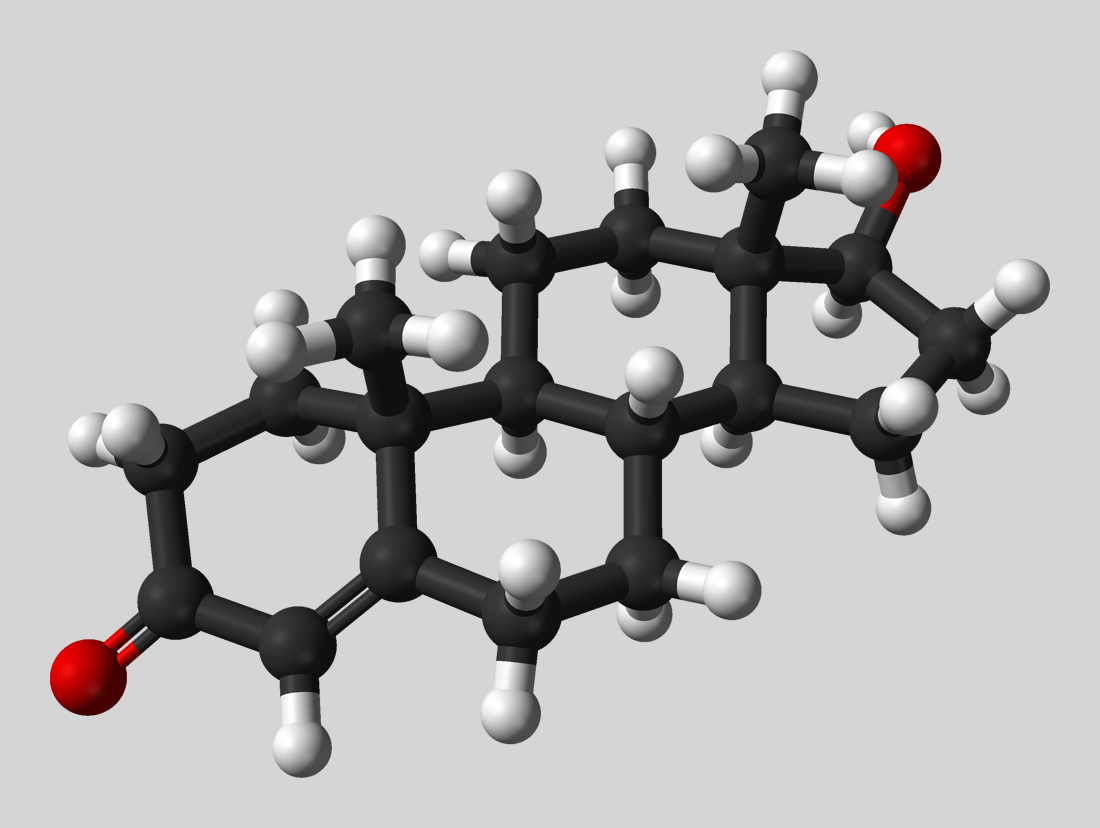Sleep plays a vital role in maintaining our overall health and well-being, in addition to improving cognition [1]. It consists of five distinct phases that repeat cyclically throughout the night. In recent years, the science behind sleep and the benefits of napping has garnered significant attention. Though there are general guidelines in place for napping and sleep duration, a one-size fits all approach may not suit your specific needs and lifestyle. Let’s take a closer look at what sleep science is telling us.
The Five Phases of Sleep
The sleep cycle consists of five phases, which encompass different stages of sleep and serve distinct functions. These phases are: wakefulness, Stage 1, Stage 2, Stage 3, and REM sleep [2].
Wakefulness
Wakefulness is the phase when we are fully conscious and engaged in our surroundings. It is characterized by heightened brain activity and alertness.
Stage 1
Stage 1 marks the transition from wakefulness to sleep. It is a brief phase lasting only a few minutes. During this phase, brain activity begins to slow down, and individuals may experience drifting in and out of sleep. Theta waves, which are low-frequency brainwaves, become prominent.
Stage 2
Stage 2 is the longest phase of the sleep cycle and constitutes a significant portion of our sleep. During this phase, brain activity further decreases, and the body relaxes. Sleep spindles, which are rapid bursts of brain activity, and K-complexes, which are sudden high-amplitude waves, can be observed. Stage 2 sleep helps in the consolidation of memory and supports overall brain health.
Stage 3
Stage 3, also known as slow-wave sleep (SWS) or deep sleep, is crucial for physical restoration and rejuvenation. It is characterized by slow, high-amplitude brainwaves. During this phase, the body repairs tissues, strengthens the immune system, and promotes growth and development. Deep sleep plays a critical role in memory consolidation, hormone regulation, and overall well-being.
REM Sleep
REM (rapid eye movement) sleep is the phase associated with vivid dreams and heightened brain activity. It is characterized by rapid eye movements, increased heart rate, irregular breathing, and temporary paralysis of voluntary muscles. REM sleep is essential for emotional processing, memory consolidation, and learning. It supports cognitive function and creativity [3].
How much sleep do I need?
Sleep is a fundamental aspect of human health, and understanding how much sleep individuals need is essential for optimal functioning. The recommended duration of sleep can vary depending on various factors, including age, lifestyle, and overall health. While the general guideline suggests that adults should aim for 7-9 hours of sleep per night [4], it’s important to recognize that sleep needs can vary significantly among individuals [5].
According to studies published in Sleep Health, sleep duration requirements are influenced by genetic factors and individual variations. The study suggests that certain gene mutations can lead to significantly shorter sleep requirements, while others may be associated with longer sleep durations. These genetic differences highlight the need for personalized sleep recommendations [6],[7].
Furthermore, a review published in Sleep Medicine Reviews [8] emphasizes that sleep needs can also be influenced by age. For example, infants and children typically require more sleep than adults, with recommended sleep durations ranging from 14-17 hours for newborns to 9-11 hours for school-aged children.
Individuals with certain medical conditions may also have unique sleep requirements. For instance, individuals with sleep disorders or chronic illnesses may require more sleep to compensate for the impact of their conditions on sleep quality.
Should I take a nap?
Napping, the act of taking short periods of sleep during the day, has gained recognition for its potential benefits on various aspects of health and performance.
Research has shown that napping can enhance cognitive function and productivity [9]. A study conducted at the University of California, Berkeley, found that a nap can improve learning ability and information retention. Napping facilitates memory consolidation and helps clear the brain’s information storage capacity, leading to improved cognitive performance.
Contrary to past advice, recent research challenges the notion that daytime napping disrupts nighttime sleep. A study published in Sleep Health suggests a potential link between habitual napping and larger brain volume, which may protect against neurodegeneration. Dr. Brian Murray, a neurologist, highlights that napping can enhance cognitive function and aid in memory consolidation. However, it’s crucial to limit naps to around 20 minutes to avoid grogginess.
Interesting facts about napping
Napping has been proven to combat sleepiness and increase alertness. A NASA study revealed that a 40-minute nap improved alertness by 100% and performance by 34%. Even short power naps of 10-20 minutes have shown to enhance alertness and mitigate the effects of fatigue, making napping an effective strategy for maintaining optimal cognitive function throughout the day [10]. Napping was also shown to improve physical activity cognitive function as demonstrated in soccer players who showed improved sport performance decision making from napping [11].
Napping has been associated with enhanced creativity and problem-solving abilities. Research conducted at the University of Bristol in the United Kingdom found that individuals who took a nap showed improved creative thinking and innovative problem-solving skills [12]. Napping allows the brain to make new connections and extract hidden patterns, fostering creativity.
Napping can aid in stress reduction and promote emotional well-being. A study published in The Journal of Clinical Endocrinology and Medicine [13] found that a nap can reduce stress hormone levels and improve mood. Napping provides an opportunity for relaxation and recovery, allowing the body to rejuvenate and alleviate stressors. Napping has also been shown to offset increased pain sensitivity from sleep deprivation [14].
Your optimum health takeaway
References:
Diekelmann, S., & Born, J. (2010). The memory function of sleep. Nature Reviews Neuroscience, 11(2), 114-126.
Patel, A. K., Reddy, V., Shumway, K. R., & Araujo, J. F. (2022). Physiology, Sleep Stages. In StatPearls. StatPearls
Gujar, N., McDonald, S. A., Nishida, M., & Walker, M. P. (2011). A role for REM sleep in recalibrating the sensitivity of the human brain to specific emotions.Cerebral Cortex, 21(1), 115-123.
Watson, N. F., et al. (2015). Recommended amount of sleep for a healthy adult: A joint consensus statement of the American Academy of Sleep Medicine and Sleep Research Society. Sleep, 38(6), 843-844.
National Sleep Foundation. (n.d.). How much sleep do we really need? Retrieved from https://www.sleepfoundation.org/how-sleep-works/how-much-sleep-do-we-really-need.
Hirshkowitz, M., et al. (2015). National Sleep Foundation’s updated sleep duration recommendations: Final report. Sleep Health, 1(4), 233-243.
Magee, C. A., et al. (2018). Individual differences in sleep duration and genetic risk for psychiatric disorders. Sleep Health, 4(2), 186-191.
Vandekerckhove, M., & Wang, Y. (2018). Determinants of optimal sleep patterns and their relevance for behaviorally anchored and statistically derived sleep recommendations. Sleep Medicine Reviews, 40, 170-180.
DutheilF, Danini B, Bagheri R, Fantini ML, Pereira B, Moustafa F, Trousselard M, Navel V. Effects of a Short Daytime Nap on the Cognitive Performance: A Systematic Review and Meta-Analysis. Int J Environ Res Public Health. 2021 Sep 28;18(19):10212.
(n.d.). Napping: The Expert’s Guide. Retrieved from https://www.nasa.gov/centers/langley/news/factsheets/Napping.html
Nishida, M., Okano, S., Ichinose, A., Suyama, S., & Youn, S. (2023). Daytime Napping Benefits Passing Performance and Scanning Activity in Elite Soccer Players. Journal of sports science & medicine, 22(1), 75–83. https://doi.org/10.52082/jssm.2023.75
Shaikh, N., & Coulthard, E. (2019). Nap-mediated benefit to implicit information processing across age using an affective priming paradigm. Journal of sleep research, 28(1), e12728. https://doi.org/10.1111/jsr.12728
Faraut, B., Nakib, S., Drogou, C., Elbaz, M., Sauvet, F., De Bandt, J. P., & Léger, D. (2015). Napping reverses the salivary interleukin-6 and urinary norepinephrine changes induced by sleep restriction. The Journal of clinical endocrinology and metabolism, 100(3), E416–E426.
Faraut, B., Léger, D., Medkour, T., Dubois, A., Bayon, V., Chennaoui, M., & Perrot, S. (2015). Napping Reverses Increased Pain Sensitivity Due to Sleep Restriction. PLoSONE, 10(2), e0117425.






